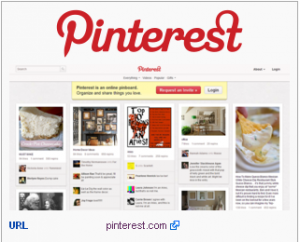 I get calls from small business professionals who want to start a blog or an e-newsletter. They’ve usually invested money in a nice website, and then suddenly realize that something’s missing… like customers and leads!
I get calls from small business professionals who want to start a blog or an e-newsletter. They’ve usually invested money in a nice website, and then suddenly realize that something’s missing… like customers and leads!
They’re genuinely surprised that with the money they spent on their website, no one is coming to see it, indicate they like it, let alone pick up the phone and call.
As for LinkedIn and Facebook, they’re baffled why people don’t interact with them. It doesn’t take a genius (and I’m no genius), but my guess is they have a “me-site,” a “me-blog,” and “me pages” on social media sites.
Instead of generously sharing information about their field of expertise, they share “me-formation.” There’s an “I” in information, but that doesn’t mean you should always talk about yourself. Content should be focused on readers, not you and your business. Sure, people want to know about you, but actually they want to know what you can do for them.
Start everything you write online with a focus on customers and the problems that you can solve for them. Then follow up with building trusting relationships with your readers that lead to sales.
Here’s how online content marketing works for small businesses:
- Relationships: Whenever you write content (blog posts, e-newsletter articles, emails), keep the focus on what problems you can solve for your customers. What are their struggles? What do they most desire? Connect with them by writing for them and about them. Read More→



 No goals for 2013. I’m not setting any marketing goals this year. Goals are bad. I am not kidding, and there’s research to prove it. This isn’t just me trying to avoid feelings of failure when I’m not seeing immediate results.
No goals for 2013. I’m not setting any marketing goals this year. Goals are bad. I am not kidding, and there’s research to prove it. This isn’t just me trying to avoid feelings of failure when I’m not seeing immediate results. How can you make the most of your
How can you make the most of your 




